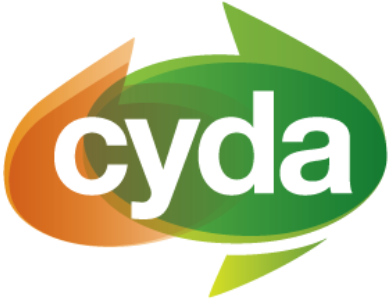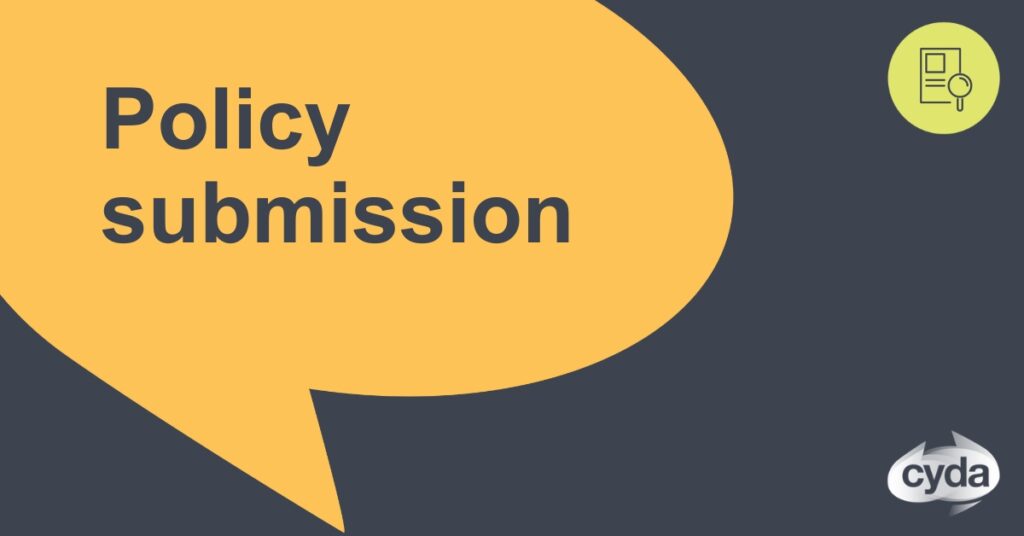Education is highly valued in Australia. There is a strong national commitment to affording children their right to an education through ratifying relevant United Nations Human Rights Conventions; a range of state and federal legislation; various policy frameworks and the prominence of education on the national political agenda. However, for students with disability, accessing and participating in education remains one of the most significant challenges encountered in childhood.
Children with Disability Australia (CDA) is constantly informed of poor education experiences of students with disability. Typically students with disability experience discrimination, insufficient resourcing and inadequately trained staff. CDA is receiving an increased number of reports of restraint and seclusion which should be seen and treated as violence and abuse. Further, a systemic culture of low expectations is deeply embedded in the present education system and is significantly restricting the potential and educational outcomes of students with disability.


